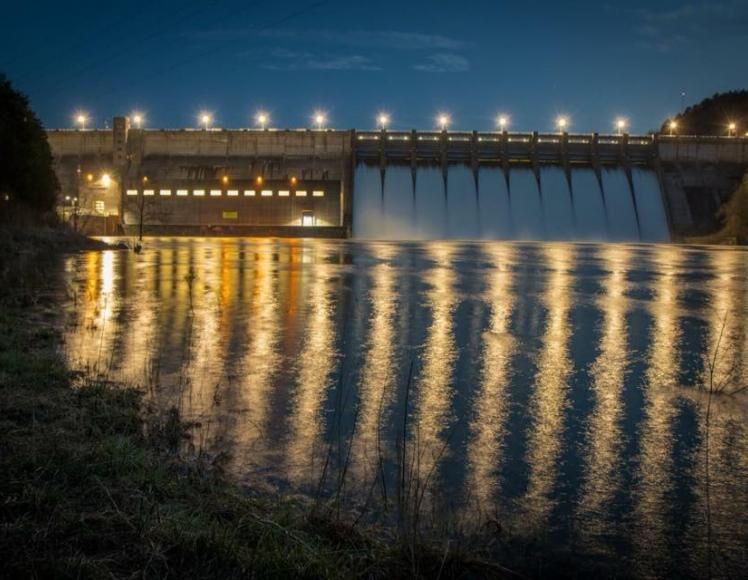A pair of Kentucky lakes are at low levels heading into peak summer months
Published 11:00 am Thursday, June 8, 2023

- (Kentucky Tourism photo)
|
Getting your Trinity Audio player ready...
|
The U.S. Army Corps of Engineers Nashville District’s water managers are reporting that two reservoirs in the Cumberland River Basin did not receive enough rain this spring to reach their traditional summer pool elevations, which could affect recreational activities and more.
Robert Dillingham, a hydraulic engineer in the Nashville District Water Management Section, says Lake Cumberland and Dale Hollow Lake did not get to their typical summer elevation due to little rain.
“Water managers control outflow, which is discharge through the dam, but inflow is received via rainfall in the watershed,” he stated. “In mid-March, reservoir elevations were on target, but rainfall runoff has been unseasonably dry since mid-March and thus reservoir elevations behind Wolf Creek and Dale Hollow Dams will likely not reach the top of their targets this summer.”
As of June 5, Wolf Creek Dam at Lake Cumberland had a pool elevation of 714.9 feet. The typical target is elevation 723 feet by mid-May. The historical median elevation for early June is 721 feet. In addition, there is not an option to simply “shut off” the flow of water from Wolf Creek Dam to allow it to fill.
More than half the water flowing through Nashville is originally released from Wolf Creek Dam. This water provides clean hydroelectric energy at Wolf Creek Dam and again at four additional hydropower plants as it makes its way towards the Ohio River. Additionally, this water is critically important for water quality, water supply, commercial navigation, recreation, and fish and wildlife habitat throughout the Cumberland River Basin.
Dale Hollow Dam at Dale Hollow Lake on June 5 had a pool elevation of 648.4 feet. The typical target is elevation 651 feet by mid-May. The historical median elevation for early June is 650. Much like at Wolf Creek Dam, releasing water from Dale Hollow must continue as well.





